I am making a battery tester for lithium ion batteries. I want to measure the internal resistance, voltage and current.
I am skeptical of my results. On batteryuniversity, I read that the internal resistance curve should start and end with higher resistance. The resistance should reach the lowest point in the middle of the curve.
I am using LFP18650, 9 V, and 1500 mAh battery packs.
As a quick review of the measurement of the Ri: Ri= U1-U2/I1
- Load enabled for 19 seconds
- Load disabled for 3 seconds
U1: measure voltage very close to the last moment of the 3 seconds*
- load enabled
- waiting 500 milliseconds
U2: measure the voltage very close to the last moment of the 500 milliseconds.
I2: current measurement at the exact moment of the U2.
Why am I getting this result? Totally not similar to a u-curve.

